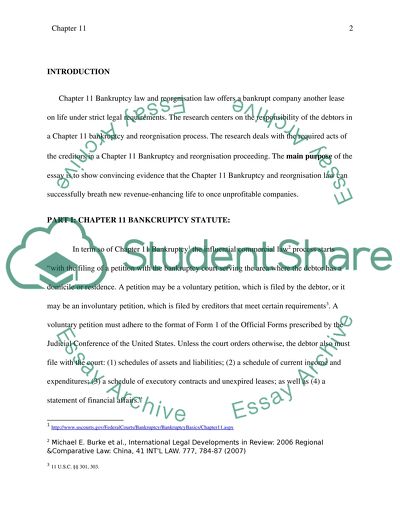Cite this document
(“Discuss critically the central aspect of the US Chapter 11 model of Essay”, n.d.)
Retrieved from https://studentshare.org/law/1396824-discuss-critically-the-central-aspect-of-the-us
Retrieved from https://studentshare.org/law/1396824-discuss-critically-the-central-aspect-of-the-us
(Discuss Critically the Central Aspect of the US Chapter 11 Model of Essay)
https://studentshare.org/law/1396824-discuss-critically-the-central-aspect-of-the-us.
https://studentshare.org/law/1396824-discuss-critically-the-central-aspect-of-the-us.
“Discuss Critically the Central Aspect of the US Chapter 11 Model of Essay”, n.d. https://studentshare.org/law/1396824-discuss-critically-the-central-aspect-of-the-us.


